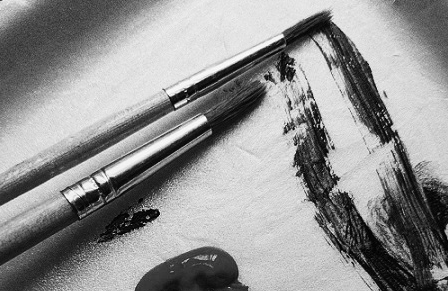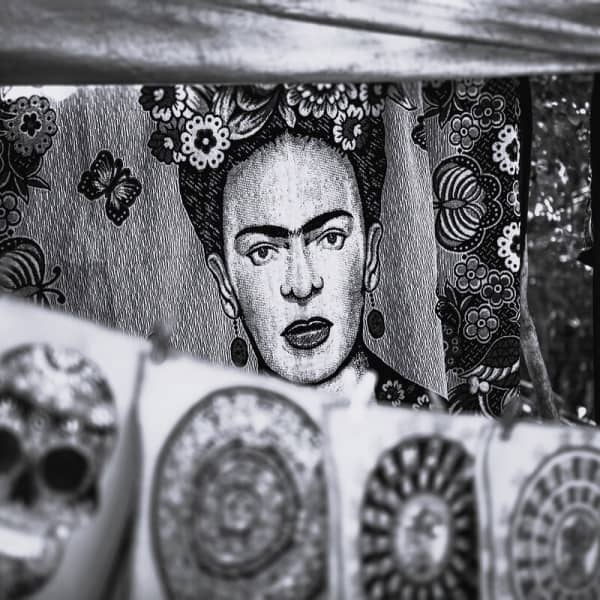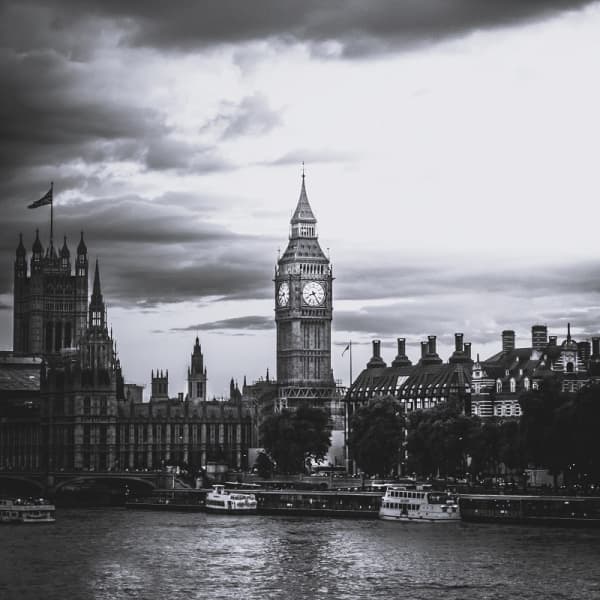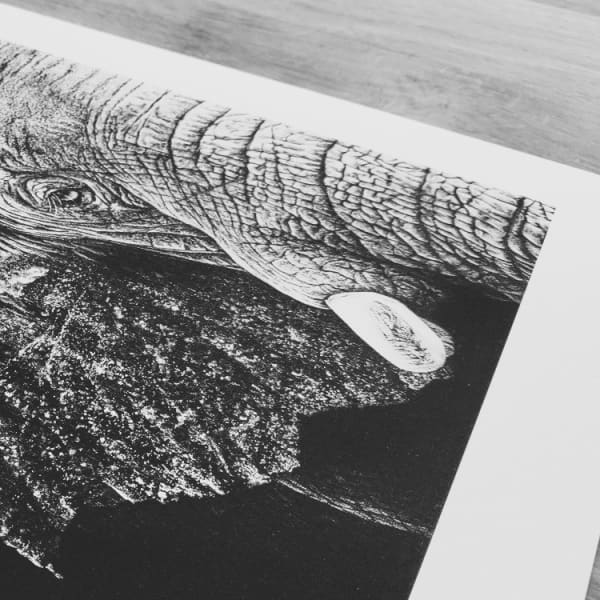Tools for painting
It’s possible that you may be interested in what tools I use to create my paintings; in particular the brands or models. I should stress before I go much further that I’m not one who believes that spending more necessarily means better quality or more value. I would much rather spend more money on the items that end up going to the owner of the piece, like canvases or paints, and save on tools such as my brushes. Tools are only as good as those who use them and care for them. You certainly don’t need the same equipment as me, and there will be many options out there that suit your needs.
Boring rant over - let’s go through my art tool kit!
Paints
I get specific acrylic paints because I like the ease of application on a surface. When I used to use cheaper paints, I never thought there would be much of a difference, but having tried some (slightly) more expensive ones, I’ll never go back.
The types I use are Winsor & Newton Galeria Acrylic paints, and in particular for my black and white pieces, I use their titanium white...a lot! The black paint has been selected for it’s even coating (You can read about how obsessive I am over this in another blog post).
I sometimes use a gesso primer too (again by Winsor & Newton) as a base coat on canvas. This is more for larger paintings that won’t necessarily have a large first coat. I find that it aids the application of the first coat of paint. For my black and white paintings, I cover the whole canvas in black paint, so that in itself is like using the primer.
You can also use this primer to your advantage by picking a specific colour. By using a yellow or orange, you can create warmth beneath your first coat of paint - great for sunsets!
Canvases
As you’d probably expect, I use the same brand of canvas as I do paints.
“Winsor & Newton Classic Cotton Canvas”. They’re just very good quality, and not an unreasonable price either. I have used cheap canvases before from places like The Works, and they serve their uses, but you do get what you pay for. Often the frame will be noticeably misaligned or not at right angles, which can be frustrating when hanging it on a wall. Sometimes they arrive a bit bashed or rough around the edges too; not the kind of quality you want to sell.
Instead, I go for a well-built, quality canvas. You can buy them from a lot of distributors too, the one I usually go for is Jackson’s Art. They’ve been very reliable in the past and if there are any problems they’re quick to resolve them. I highly recommend them!

Brushes
The brushes I use are nothing incredibly fancy, but I do try to look for ones of a certain standard. For the kind of detailed artwork I create, I tend to stay with the “small, fine tip” category of brushes, which is a term I’ve just made up, but should offer a good description.
The brushes I’m currently working with are WLOT brushes, sizes ranging from “5/0” up to “8”. They do the job well, and if you keep them clean and well looked after they’ll last you a while too.
I will say that cheaper, stiffer brushes do have their uses. It ultimately depends on what kind of effect you’re going for. Pick brushes that are right for you, and don’t be afraid to experiment with different techniques.
Easel
I’ve had the same, cheap easel for years, and it’s served me well. It’s more of a table-top easel, so just big enough for the majority of canvases I work with.
When I paint on much larger canvases I’m quite lazy and just rest it against a wall or flat on a table. It’s not always the most comfortable set up, but I think I would need to go for a custom, wall-mounted easel to accommodate canvases of that size. In my London flat that’s not really an option without some kind of secondary space to paint in.
Tear away palette
The ‘tear away palette’ is something I’ve only recently come across, and so far I like it. Instead of a piece of wood or plastic that you have to clean upon every use, it’s instead a pad of special paper that doesn’t allow the paint to bleed through. You keep working on a sheet until it’s no longer usable, and then tear it off and throw it away when you’re done.
The only negative for me is that it’s not really well suited for large quantities of paint. If you spill any or manage to get paint caught between sheets, it becomes a pain when they’re stuck together.
Tablet for sketching
I often use a tablet for digital sketching because, not only does it allow me to make mistakes and easily amend them, but I can then change the size of the sketch very easily. If I want to transpose the sketch onto a canvas or paper, I can do so and scale my sketch exactly how I need it.
This saves a lot of time when starting out on a blank canvas. Rather than mapping out a grid and sketching the piece in chunks, I can move a lot quicker by copying out a 1:1 scale version.
Check out the Wacom tablets online - some are very expensive due to the quality and features, but I spent no more than £50 for mine. It’s lasted for several years and is still going strong!
Apps / Software
Adobe Photoshop is great for digital sketching, but you can definitely find some great free options out there if you’re just experimenting. Adobe do have some free sketching apps too for mobiles/tablets.
Another great Adobe app is called Adobe Capture. It has some fantastic features like generating colour schemes of what your phone’s camera is looking at, and creating patterns and brushes out of the images you take.
It comes in handy for coming up with styles or ‘moods’ you want to produce in your art. Check it out!
So that’s a glimpse into the kit I use to create my artwork. I may do an updated version in the future if I find something new that makes it into the toolbox.
Yours,
Joseph Cashmore - ART JC



